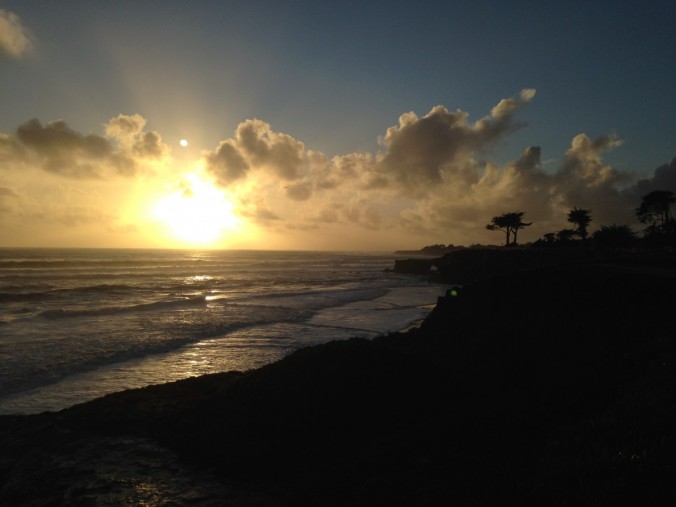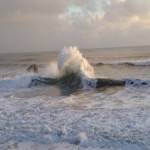You may enjoy a broad historical understanding of what natural history studies are: https://en.wikipedia.org/wiki/Natural_history
For our case study of oysters, at a minimum your group should focus on the oyster species known as the Pacific oyster, Crassostrea gigas . Your discussion should address at least the following topics: life cycle and reproduction, native and cultivated geographic ranges, suitable habitat(s) for entire life cycle (include water quality parameters such as temperature, salinity, turbidity, nutrients, and toxins or pollutants), major predators, parasites or diseases, nursery propagation methods, and typical aquaculture and harvest practices, and productivity of the industry (eg. yield of oysters in specific areas or under specific conditions). In the context of aquaculture, please include a comparison of Crassostrea gigas with the Kumamoto oyster (Crassostrea sikamea) and the native Olympia oyster (Ostrea lurida).
Besides dangerous harvesting that damages oyster reefs, there are a few major predators and diseases that can impact oyster populations.
M.F.K Fisher describes humans as being the most dangerous predator to an oyster. We have the ability to deplete oyster populations swiftly, and as a result need to farm them. Starfish can attach themselves to bottom cages and eat the oyster through its stomach. A few others she mentions are screw-borers and various mussels that can bore holes in the shells and eat them or invade their space and deny them oxygen and food.
The main diseases that affect the oyster are Dermo (the Perkinsus marinus pathogen) and MSX (the Haplosporidium nelsoni pathogen). They are both responsible for mass depletions of oyster populations as well as reduction of growth and spawning.
According to the Chesapeake Bay Office of the National Oceanic and Atmospheric Administration, Dermo is recorded in lower salinity waters in the Bay area while MSX has been recorded in higher salinity waters. NOAA recorded that MSX is responsible for higher mortality of the two pathogens, killing oysters larger than 2 inches in higher salinity waters (>15 psu) in the Bay. “Wet years tend to have higher oyster survival (because disease intensity is reduced) but lower oyster reproduction (because spawning and settlement require water that has 10-12 psu)” ( Oysters, Chesapeake Bay Office NOAA).
According to the NOAA, there are a few ways to prevent disease of aquaculture oysters from hatchery seeds. One way is to select strains that have been specifically used for disease resistance. Another clever and interesting way is to grow triploid oysters in hatcheries, which are produced to have three sets of chromosomes vs the natural pair of chromosomes. The reason is triploids grow faster than diploids and will usually reach the appropriate size for the market before they become susceptible to disease.
A link below shows a diagram by EcoCheck on the NOAA Website, human impacts on oysters:

http://chesapeakebay.noaa.gov/fish-facts/oysters
Written by Caroline









